Perspective by James Standish
Many people are shocked by the outcome of the election. Not Scott Adams, the cartoonist behind Dilbert. Over a year ago, Adams predicted Trump would win.
The odd thing?
Adams nailed it.
How could a Clinton-supporting cartoonist see what all the pundits, poll producing prognosticators and professional politicians missed? Easy, Adams explains, he doesn’t study polls, instead he studies the art of persuasion. And, he explains, persuasion is based on emotion. Tap into the emotional truths of your audience, and you persuade them.
In Adams’ analysis, the most persuasive candidate wins. Everything else is just noise.



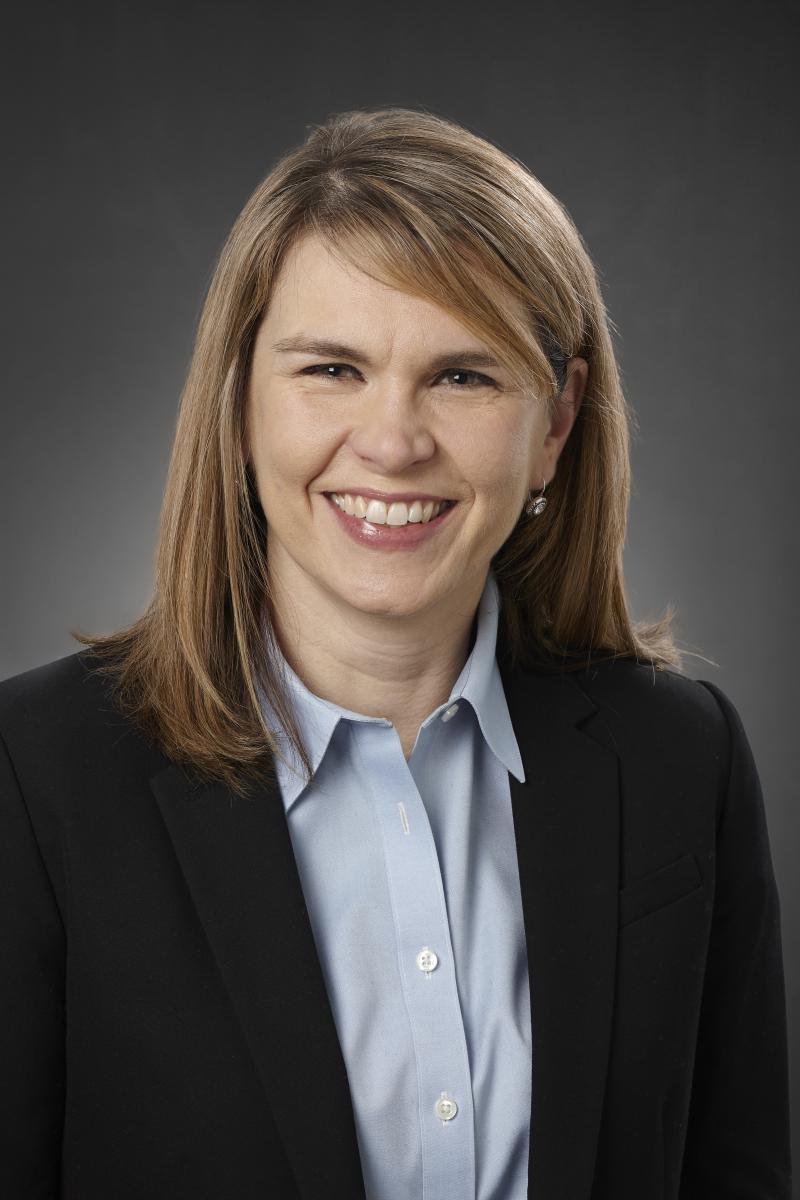 Vincent received associate’s, bachelor’s and master’s degrees in nursing from Southern Adventist University (Tenn.). She also earned a Master of Business Administration degree from Southern Adventist University and completed her Doctorate of Nursing Practice degree from the University of Central Florida.
Vincent received associate’s, bachelor’s and master’s degrees in nursing from Southern Adventist University (Tenn.). She also earned a Master of Business Administration degree from Southern Adventist University and completed her Doctorate of Nursing Practice degree from the University of Central Florida.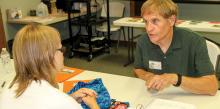


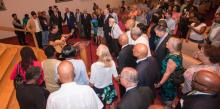
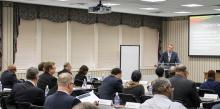
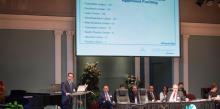

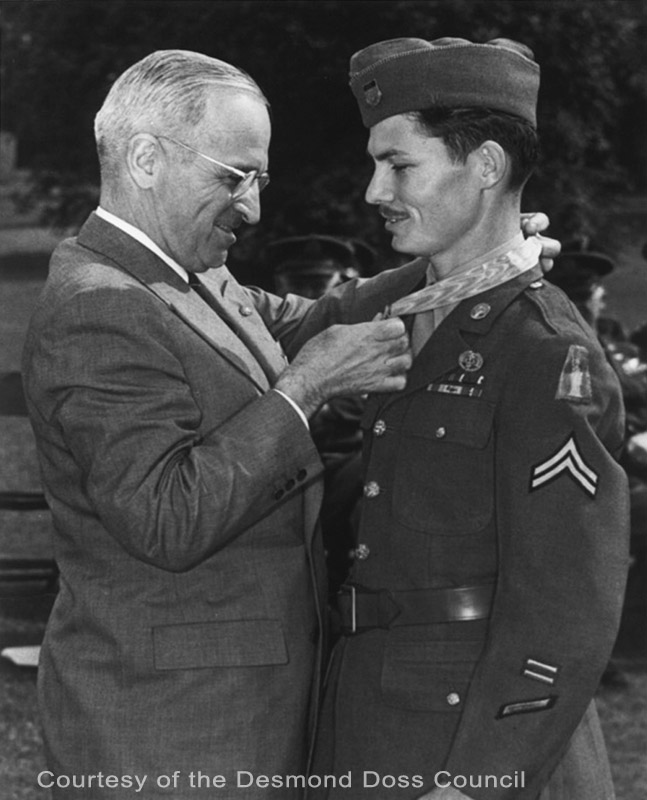 Life wasn’t easy for Doss and other Adventists in the U.S. armed forces.
Life wasn’t easy for Doss and other Adventists in the U.S. armed forces.